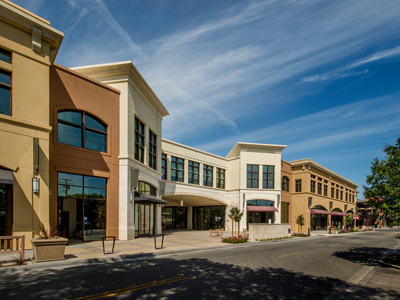
Effects of Changes to Modern Industry in the UK
During your GCSE studies of the economic geography of the UK, you will have seen that the Industrial Revolution changed Britain from being mainly an agricultural country to being an industrial one. This created many changes in the population distribution (rural to urban migration) and the distribution of wealth. For about 200 years, Britain remained an industrial nation but that began to change after the 1939-45 war. Due to the effects of globalisation, the UK employment structure has significantly changed, the secondary sector has declined and the tertiary sector has increased. For your exams, you need to show that you understand the reasons for the changes and can identify the positives and negatives.
At the time of writing this quiz, the tertiary sector (also known as the service sector) accounts for over three-quarters of employment in the UK.
Ready for more?
not all...
quizzers. Try to win a coveted spot on our Hall of Fame Page.







